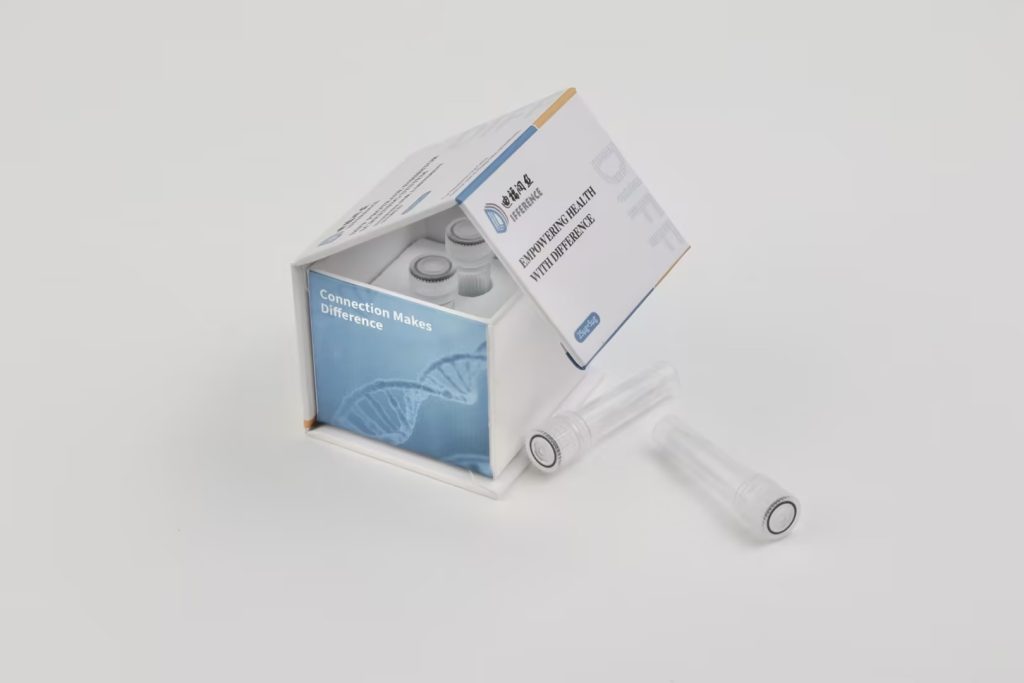The basic principle of protease inhibitor test mainly revolves around the inhibition of protease activity, and the specific principles include the following aspects:
1、 The function of protease
Proteases are a type of enzyme responsible for protein degradation and processing in cells. They break down proteins by hydrolyzing peptide bonds, thereby maintaining protein concentration balance and functional stability within the cell. The imbalance between protein degradation and processing may lead to the occurrence and development of various diseases, such as inflammatory diseases, tumors, etc.
2、 The mechanism of action of protease inhibitors
Protease inhibitors are a class of drugs or compounds that can inhibit protease activity. They block the activity of proteases through specific mechanisms, thereby preventing the degradation process of proteins.
3、 Classification of inhibition mechanisms
Competitive inhibition:
Protease inhibitors bind to proteases and competitively occupy the active site, thereby hindering the binding of substrates to proteases. Under this mechanism, inhibitors are structurally similar to substrates and can tightly bind to the active site of proteases, making it difficult for substrates to approach and thus inhibiting enzyme activity.
Non competitive inhibition:
In non competitive inhibition, protease inhibitors bind to other sites of the protease. This binding does not directly interfere with the binding of the substrate to the active site, but can alter the conformation of the enzyme or affect its catalytic mechanism, resulting in a decrease or loss of enzyme activity. Under this mechanism, the action of inhibitors does not depend on the presence of substrates, hence it is called non competitive inhibition.
4、 Application of Experimental Principles
In protease inhibitor assays, a series of experiments are usually designed to evaluate the inhibitory effect of inhibitors on specific proteases. These experiments may include measuring the activity changes of proteases in the presence or absence of inhibitors, observing the effects of inhibitors on the degradation of substrates by proteases, and so on.
5、 Experimental Design and Optimization
In order to ensure the accuracy and reliability of experimental results, experimental design needs to consider multiple factors, such as setting the concentration gradient of inhibitors, optimizing reaction conditions (such as pH value, temperature, ion strength, etc.), and setting up control experiments. In addition, to improve screening efficiency, high-throughput screening techniques can be used to quickly evaluate the inhibitory effects of a large number of candidate inhibitors.
In summary, the basic principle of protease inhibitor testing is to block the activity of proteases through competitive or non competitive inhibition mechanisms, thereby preventing the degradation process of proteins. This principle has broad application prospects in fields such as drug screening and disease treatment.
Share on:
Facebook
Twitter
Pinterest
WhatsApp
Recent posts
We recommend


